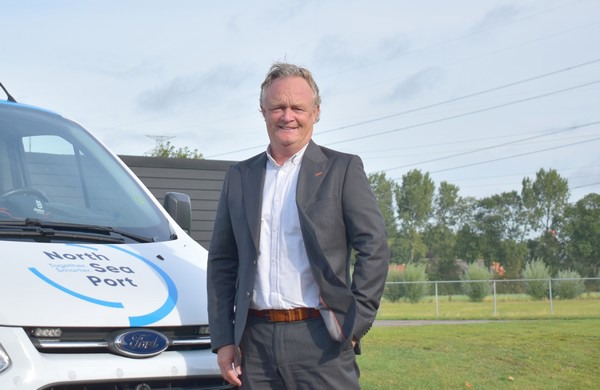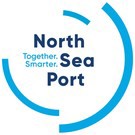Five to six year ago Chiquita chose to settle in the port of Vlissingen. A few years ago the port was absorbed into the route of French container shipping line CMA CGM. This month MSC did the same and BCTN, the largest steward of 'inland container terminals' in the Netherlands and Belgium, announced they were adding Vlissingen to their network. This highlights the growing importance of container transport in the port. Fresh produce is an important part of that.

Jean Ruinard, commercial manager at North Sea Port
Along with Terneuzen and Ghent, Vlissingen has fused into the Dutch-Flemish port company North Sea Port. "With the loading and unloading of fresh produce we have grown from 200,000 tonnes to almost 1.7 million tonnes in the past year," says Jean Ruinard, commercial manager at North Sea Port. "The export of onions through Vlissingen is particularly interesting, as they can be found in our back garden. It's no surprise that the large shipping lines have taken in Vlissingenin North Sea Port in their route to West Africa, one of the larger export markets of Dutch onions."
Niche market
It isn't just onions that are important for Vlissingen. "The share of incoming fresh produce is still larger than what is leaving the port. There is a particularly high amount of South American produce entering. An important share of the port is also intended for the storage and overhaul of good to countries like Scandinavia, the United Kingdom, etc. These are niche markets for the transport of fresh produce products that we play into as a port. We are also involved in actively attracting interesting parties for the port and try to connect those looking to ship and shipping lines, to see where the opportunities lie."
Modal shift
Reducing the number of lorries on Dutch roads is a current theme. What started as a need to relief the pressure on the roads, has grown to be a sustainability offensive in the logistic sector. North Sea Port is investing in domestic shipping, which links Terneuzen, Ghent and Vlissingen to Antwerp, Rotterdam and Northern France. "Over 50% of our goods stream takes place through domestic shipping. We also have an important disclosure via rail to the inland. The connections with the BCTN terminals domestically are also done through domestic shipping to our port whenever possible."
Investing in the future
To continue to be able to process the increase of trade in containers in the port, North Sea port is working to expand its own 'fruit port' with the existing parties. "The docks around the Bijleveldhaven are set up for the storage and overhaul of fresh produce. Companies involved in the food industry are located here as well as an ongoing project concerning a possible expansion to the head of the Bijleveldhaven and the Westhofhaven. At the moment mobile cranes are still used, but the goal will be to have a terminal with gantry cranes in the future, which will speed up the loading and unloading. The intention of this is that more importers will come to the North Sea Port in the future. There's space for it: the port is taking big steps in the development of containerisation."
For more information:
Jean Ruinard
Schelpenpad 2
4531 PD Terneuzen
Tel: +31 (0) 115 647400
Jean.ruinard@northseaport.com
www.northseaport.com 
